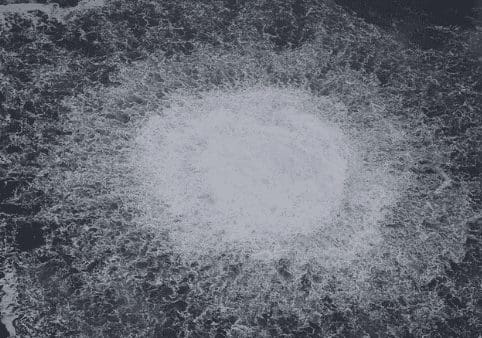Large quantities of the powerful greenhouse gas methane have spilled out of the Nord Stream pipes, which may have been intentionally damaged. The leaks have occurred in many locations. According to one estimate, such quantity is comparable to the yearly methane emissions produced by a metropolis the size of Paris.
Last week, crucial pipelines for transferring natural gas from Russia to Europe, known as Nord Stream 1 and Nord Stream 2, both sprang massive breaches within hours of each other. Russia has pointed the finger of blame squarely at the United States and its allies for the incidents, while European leaders have labeled them as destruction because of the small probability of near-simultaneous harm on pipes in different locations. However, the European leaders have not specified who they believe is responsible for the attacks.
Nord Stream Pipes Have Been Leaking Methane
The Nord Stream pipelines, which are located under the Baltic Sea, have, at various points in time, served as the epicenter of international issues related to Russia’s invasion of Ukraine. The governments of Denmark and Sweden, which are the countries that are geographically closest to the leaks, have submitted a report to the United Nations in which they assert that explosions that were detected not long before the leaks began were comparable to the detonation of several hundred kilograms of explosives.
Explosives may have been installed either on the outside of the pipes by submarines or divers or on the interior of the pipes by robotic inspection vehicles that pass through the pipelines, according to one theory concerning their cause. However, on October 3rd, Sweden sent a dive vessel to examine the situation. It is believed that both of the two tubes that make up Nord Stream 1 had burst, as well as one of the pair of pipes that make up Nord Stream 2.
It was reported on October 3 by the Swedish coast guard that the Nord Stream 1 pipeline was no longer leaking. However, the gas from the Nord Stream 2 pipeline is still bubbling to the surface, albeit at a much lower rate than in the immediate aftermath of the leak, when the bubbles covered an area at the sea surface that was approximately one kilometer in diameter.



